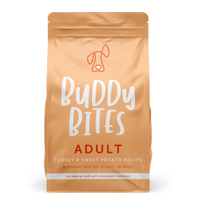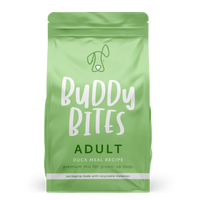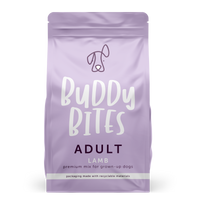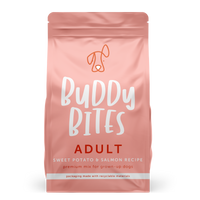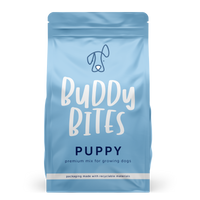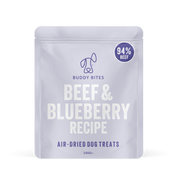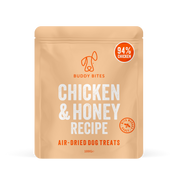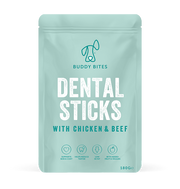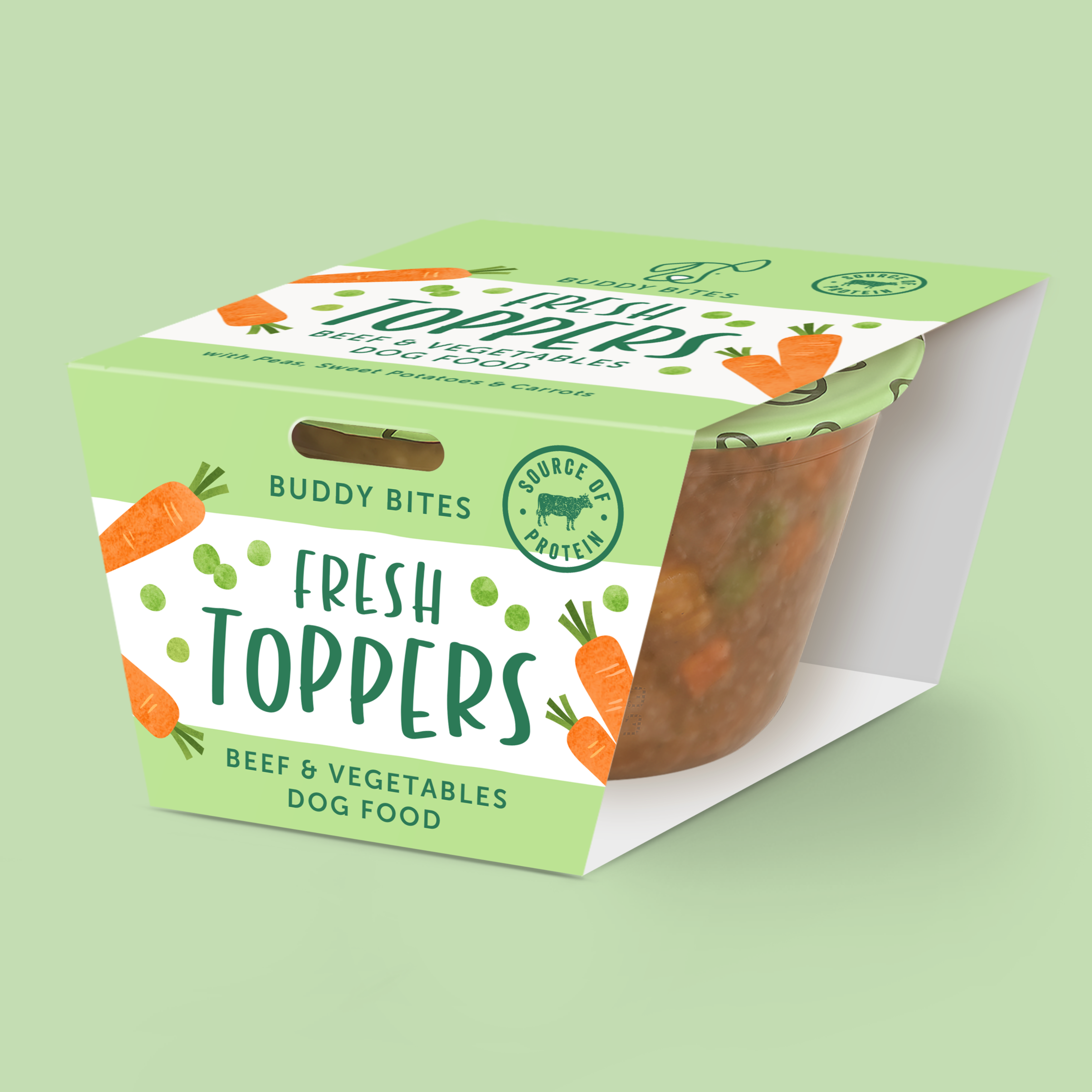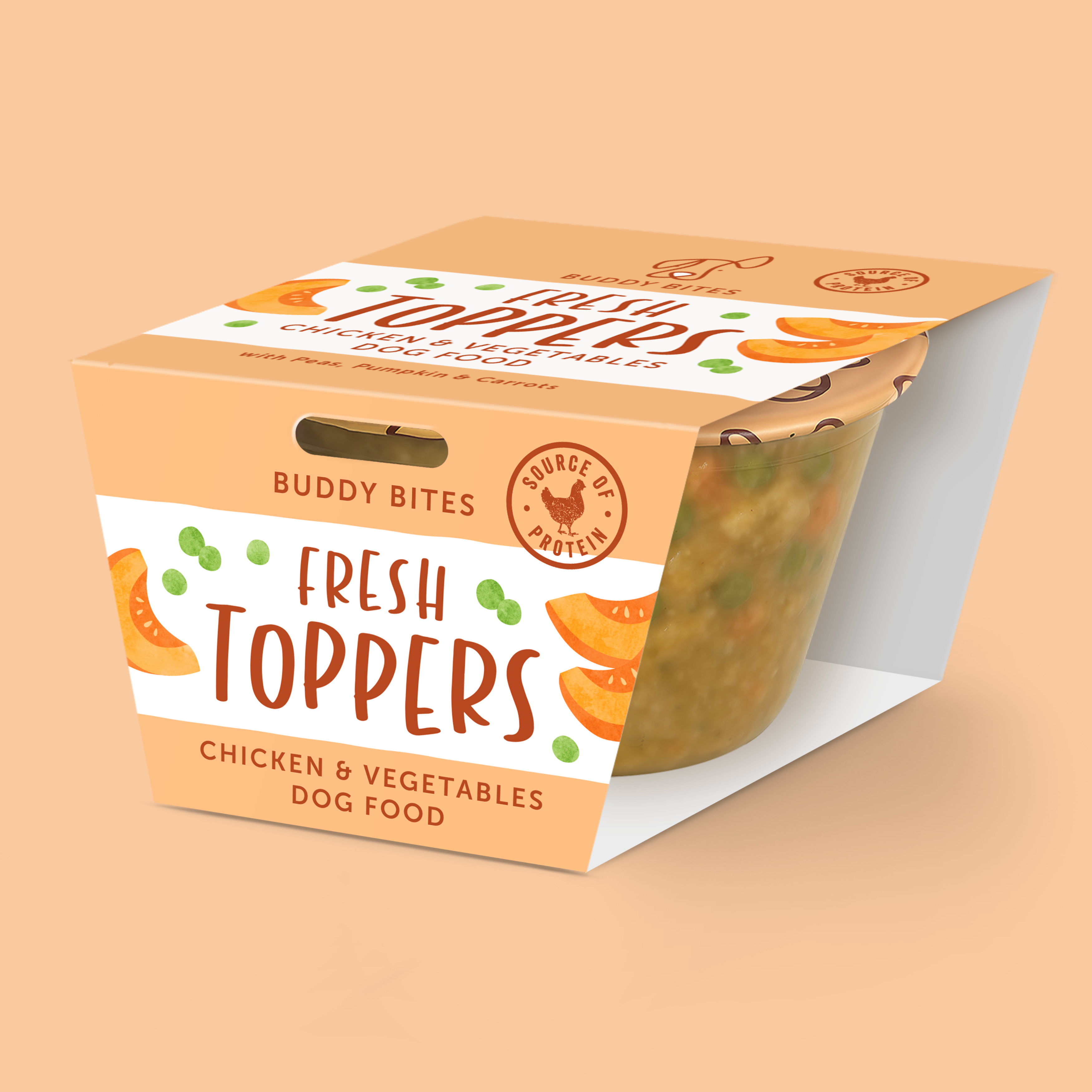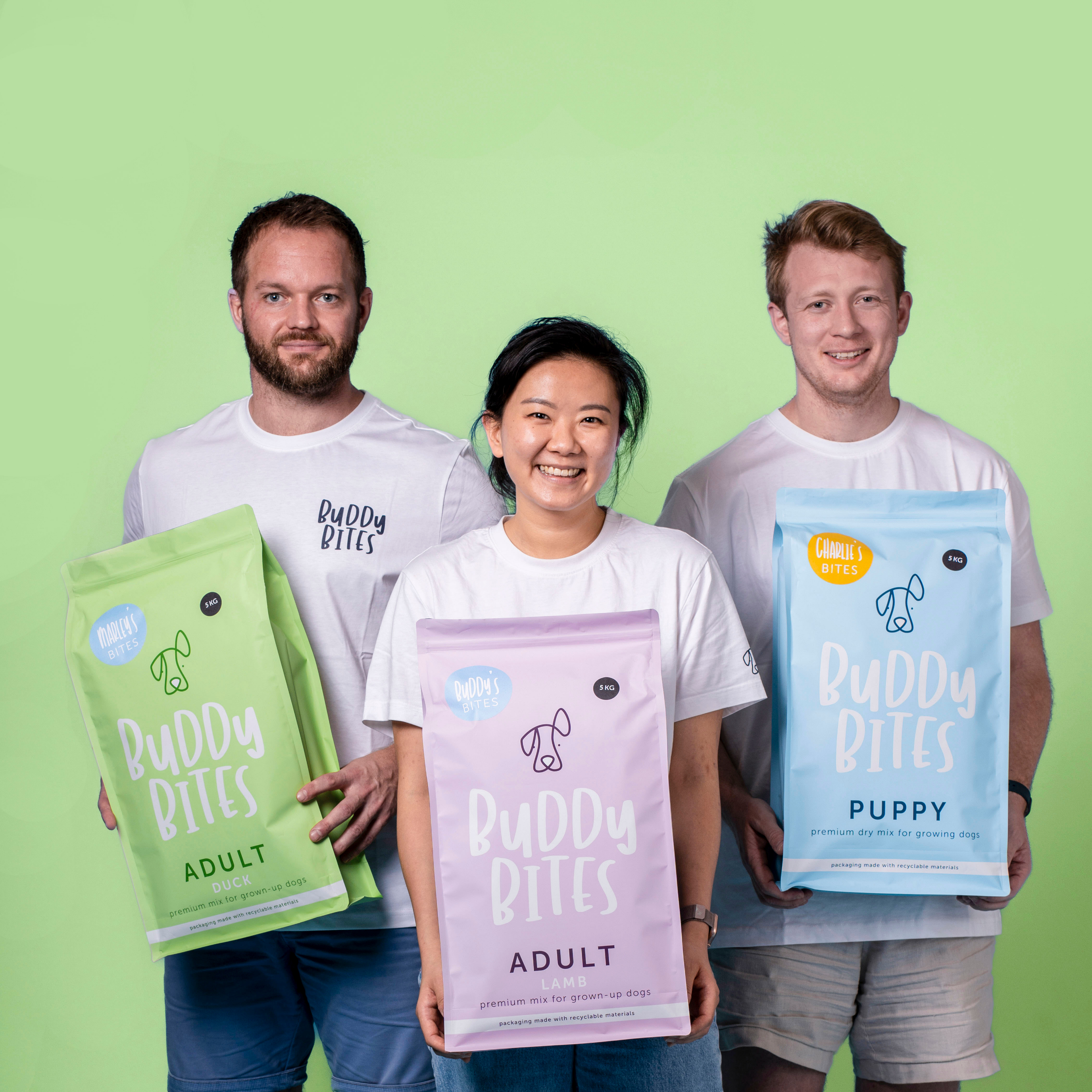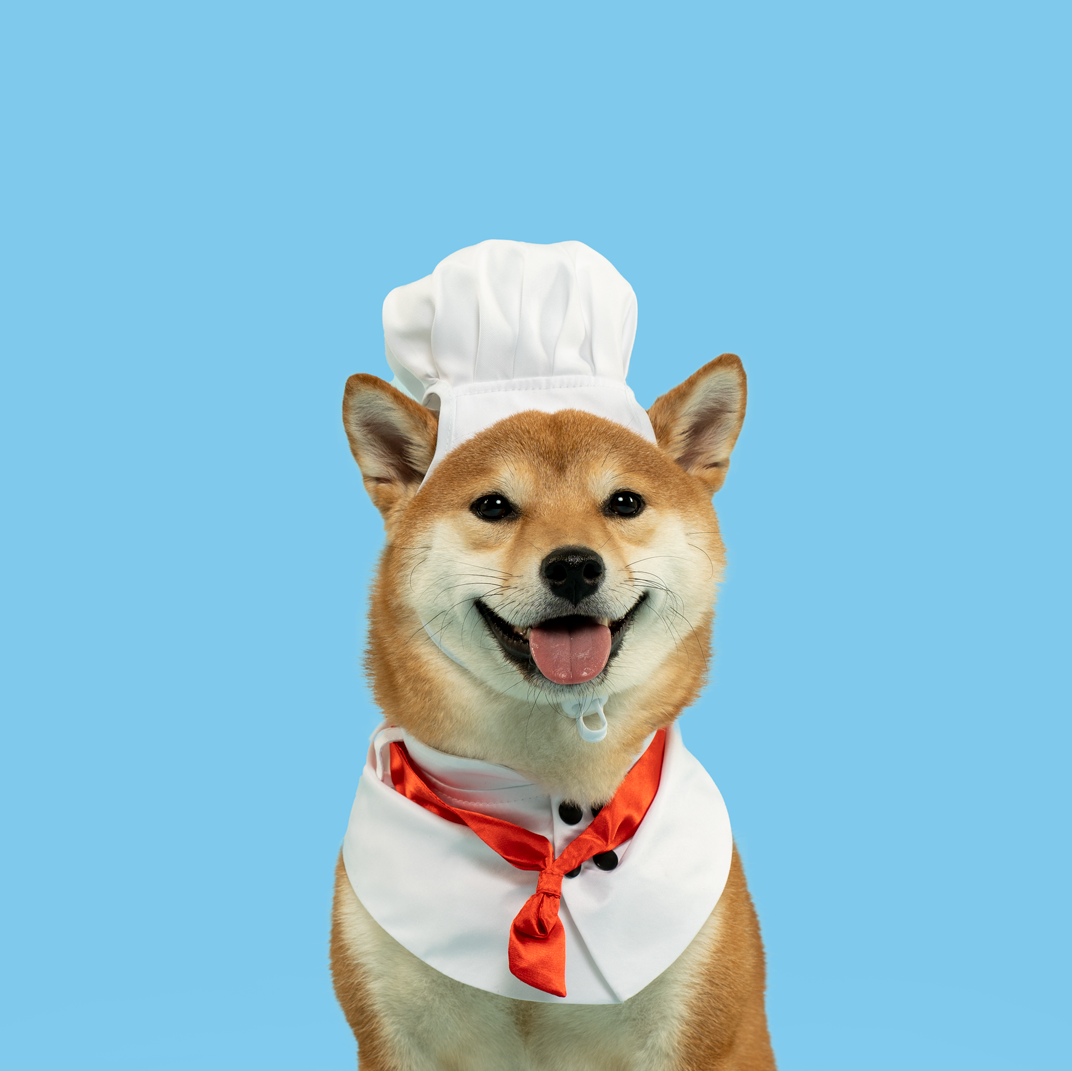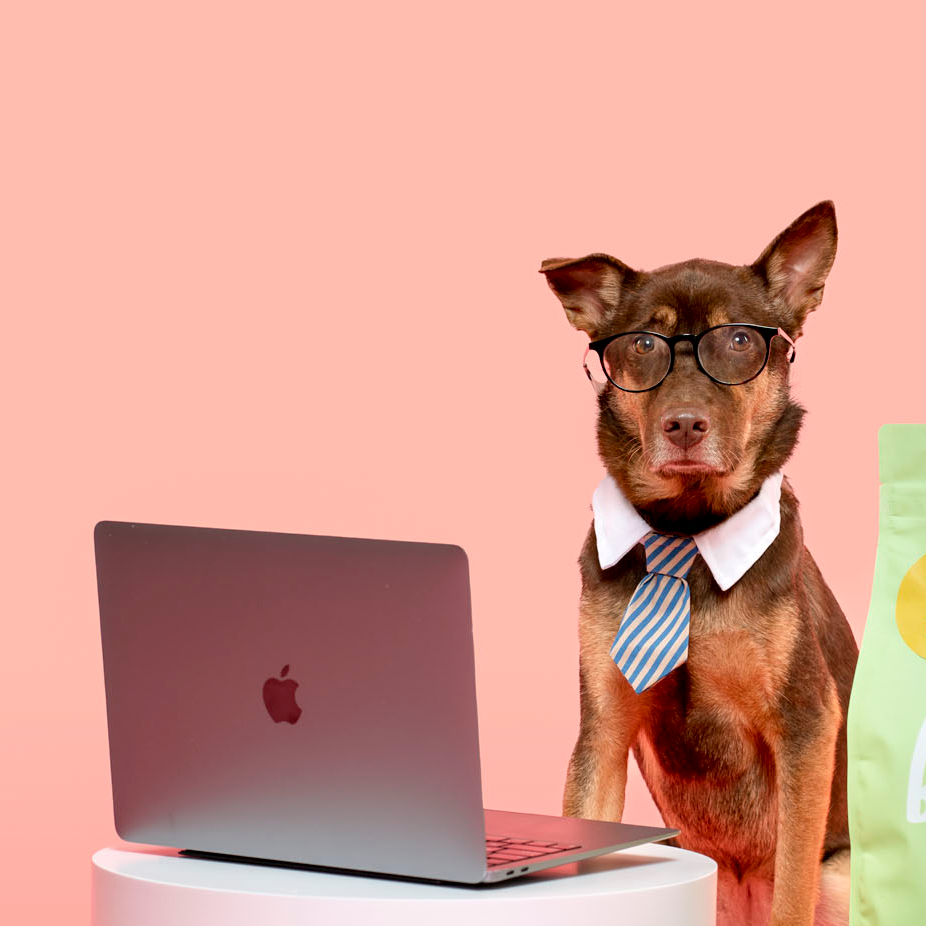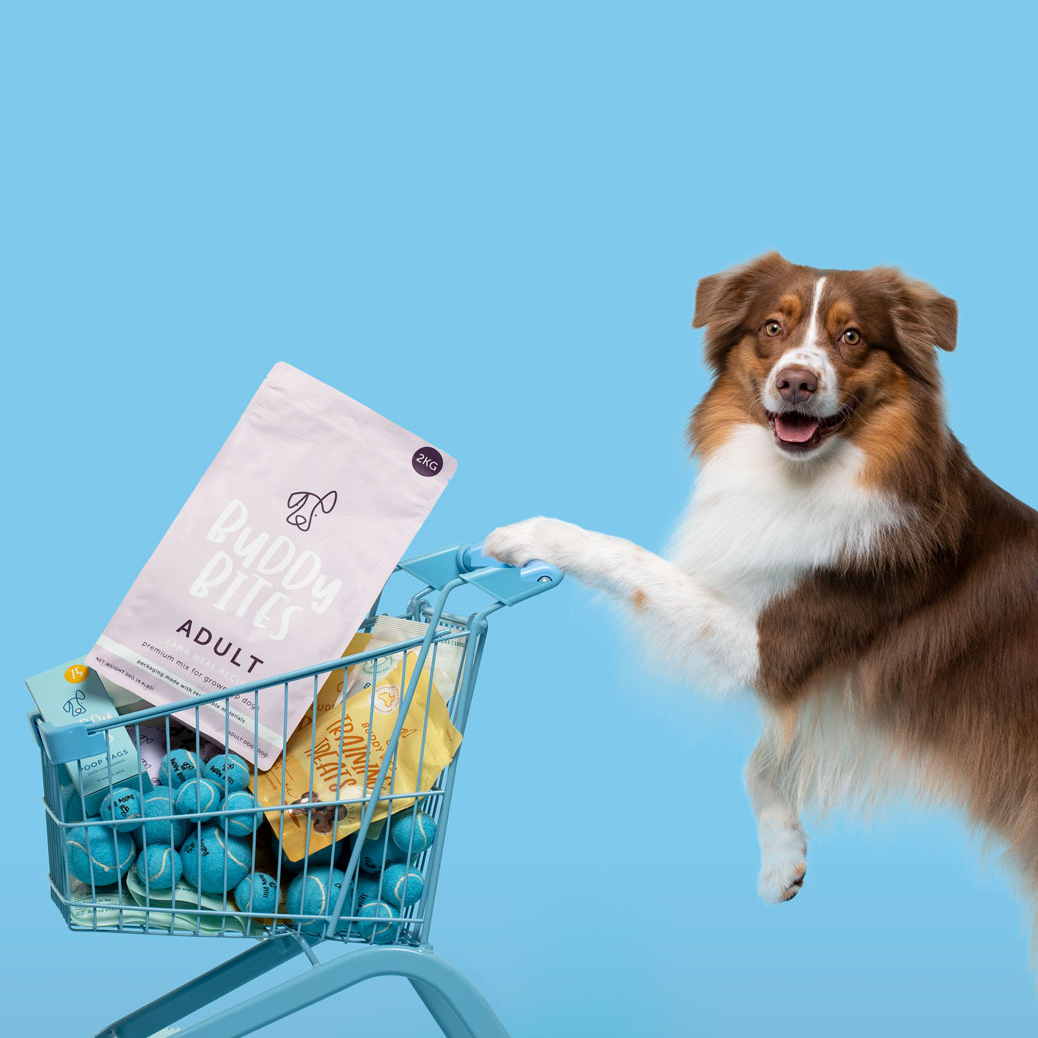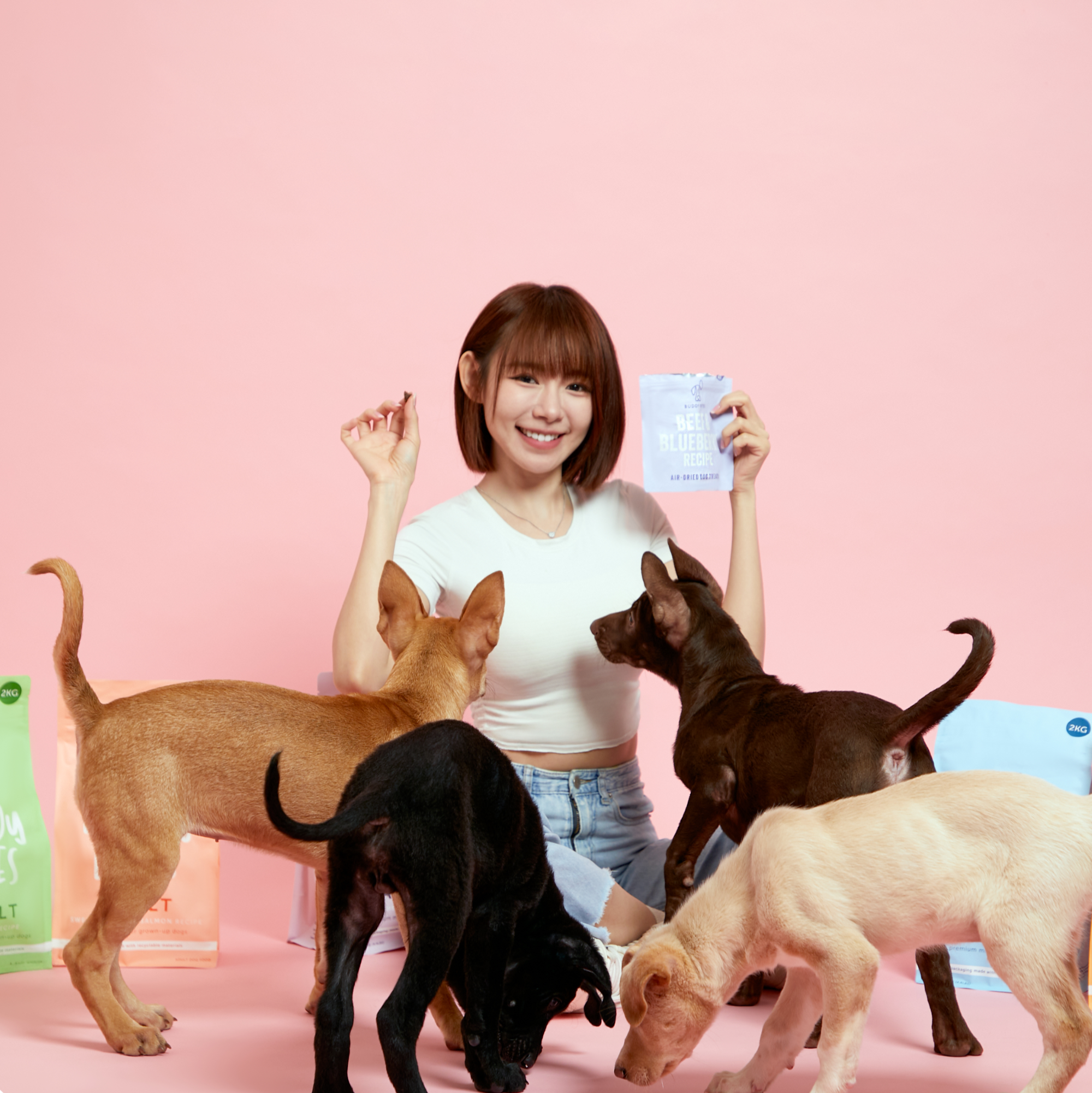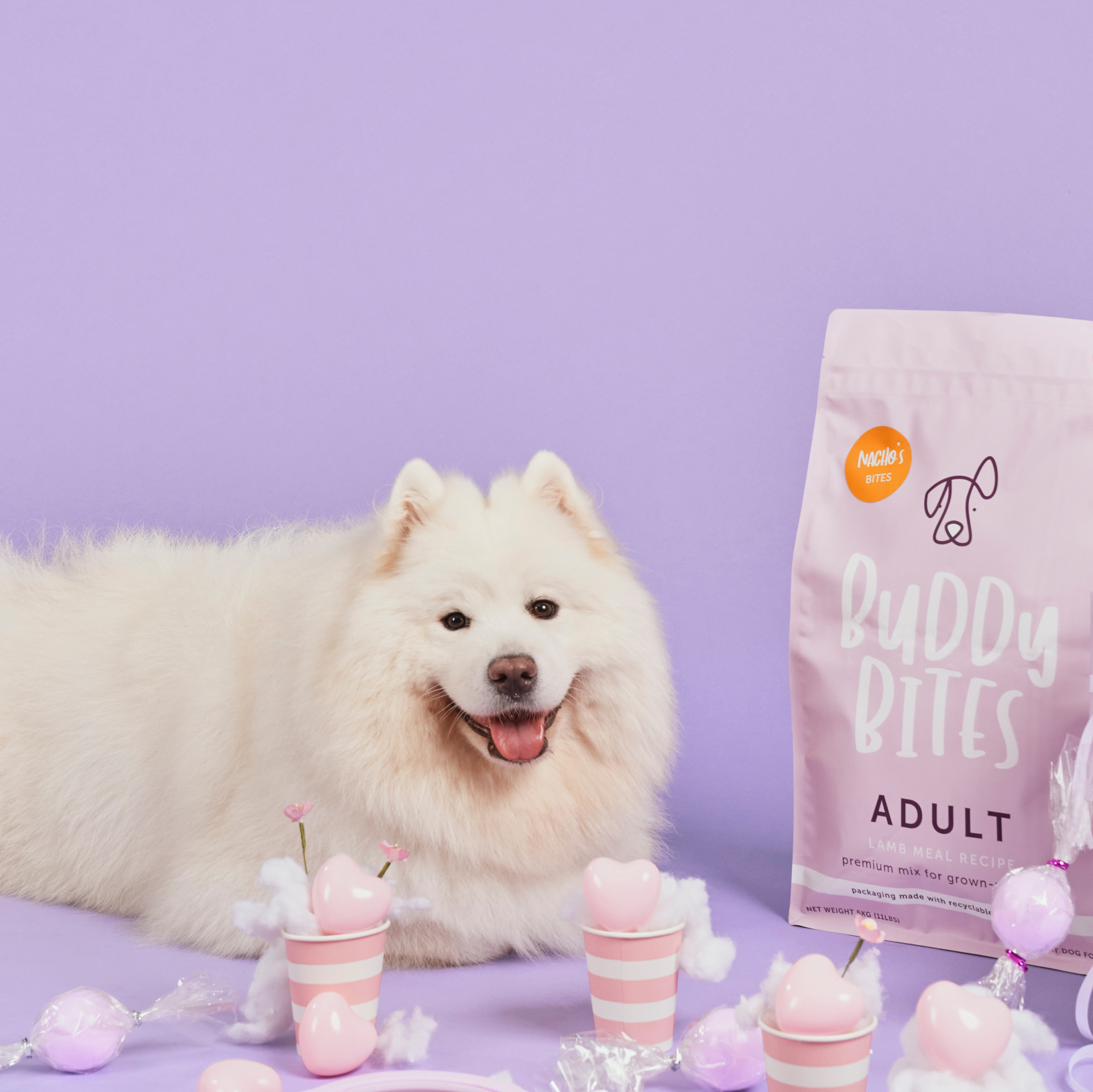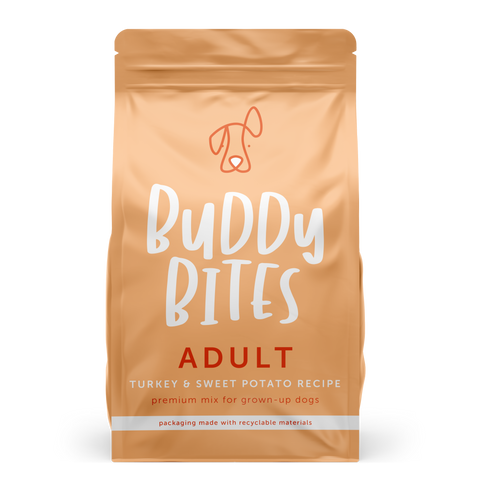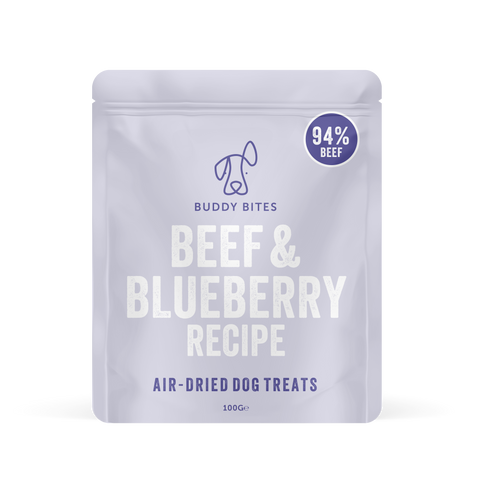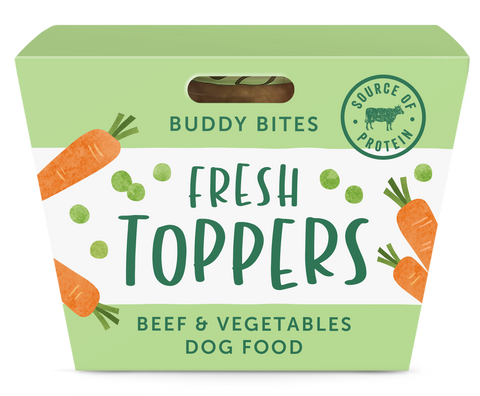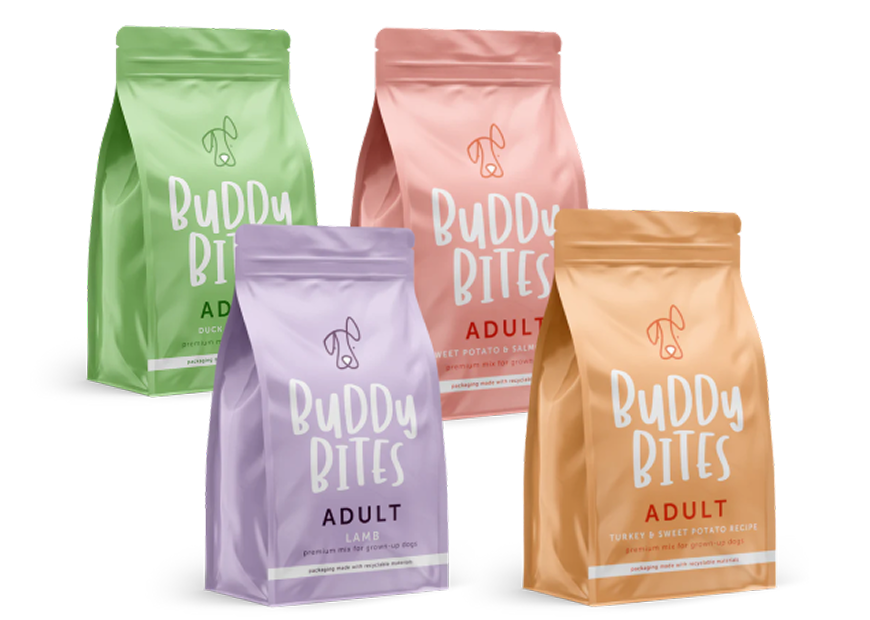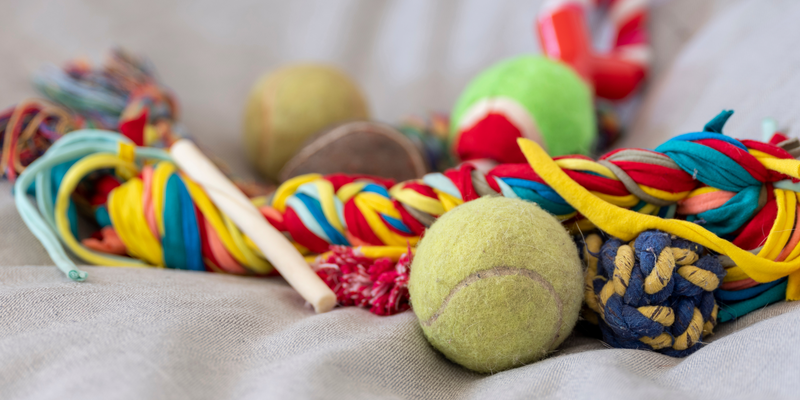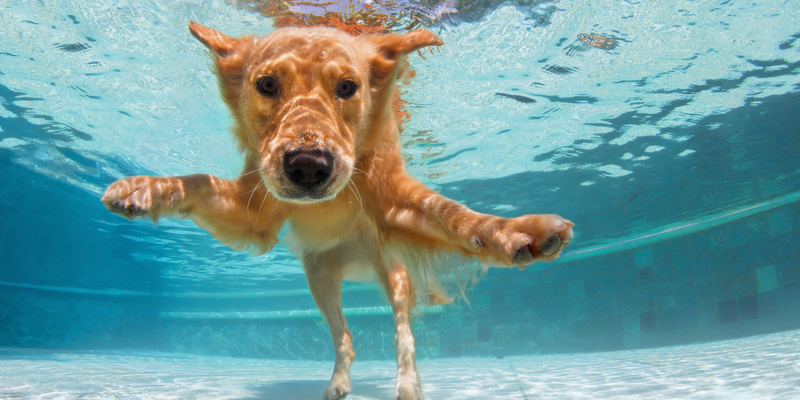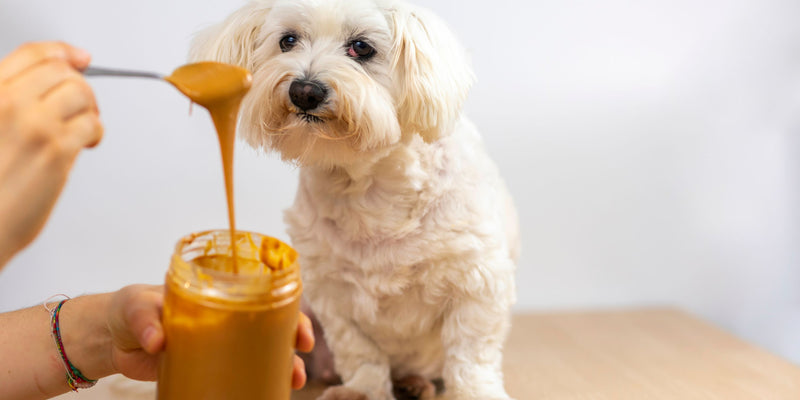What is Resource Guarding?
January 07, 2023
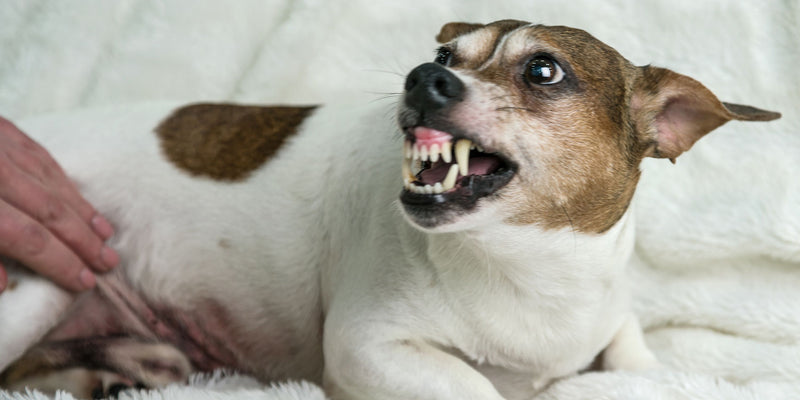
What is resource guarding? It is when a dog reacts defensively to keep others from an item (a “resource”) that is theirs. The item can be in any form including food, treats, toys, a bed, or even a favourite person. The defensive behaviour in dogs might cause them to growl, stiffen, lunge and even bite as a person goes near them to retrieve the item. Resource guarding is actually a natural behaviour and a valuable natural instinct for dogs to survive in the wild but not so much a good trait for your pet dog to have. Even if your puppy does not show signs of resource guarding from the start, prevention is always better than cure and it is better to train them out of it before problems arise as they grow older.
Resource guarding can happen between pets as well. A dog may show aggression to another as they walk by. It is not limited to specific breeds and can come from any dog. It all depends on the individual dog as well as the environment he/she is put in that may affect their behaviour. Socialisation may not be enough to help solve this issue and it is always best to start training early to prevent your dog from developing resource guarding behaviour.

Resource Guarding training for puppies
It is always easiest to teach resource guarding from a young age while the dogs are still puppies and easily impressionable. You will need to desensitise them to human presence around their food or toys. Use high-value treats to distract them while they are eating their main meals to get them used to your presence as they anticipate a treat as you get closer to them. Remove their food bowls or toys and reward your dog with treats for their good behaviour too. Continue this process at every meal time or play time so they get comfortable with you getting close to them.
Other ways would include portioning their main meals. Keep a handful of food behind at every meal and only approach to add that additional portion into their bowl once they have finished the first half of their meal. Approaching and rewarding will show your dog that someone coming close to them is a positive thing with no need for guarding behaviour.

Resource Guarding in older dogs
Never hit, scare or threaten your dog in order to get something from him/her even as your dog snarls or growls at you. This is a warning message they are trying to send to you. This may escalate further and cause your dog to resort to biting in the future as well. Always provide a safe space for your dog to enjoy their meals or toys in peace and ensure all guests/family members understand that area is out of bounds as you work on your dog’s resource guarding issues. Do not rush into this training as it takes time to properly train it out of your dog and you do not want him to display unpredictable behaviour in the future.
Find a high-value treat that would get your dog’s attention to use for training. Whenever your dog is eating or playing with his toys casually walk closer and drop the special treat near him or into his bowl. This will teach your dog that humans approaching his treasures are not a threat but of something good instead. Always maintain a safe distance from your dog, an ample amount of space that your dog is comfortable with. You can slowly inch closer to him as the training goes on no matter how many days it may take.
While working on these, make sure you keep a non-threatening position. Do not look directly into your dog’s eyes and do not walk directly towards your dog as it might trigger a negative response. Should you dog resource guard a particularly favourite toy or item, be sure to keep it away till your dog learns the drop it or leave it command well.

Teach your dog to Drop it or Leave it
These are important skills for all dogs to learn and comes in handy with resource guarding. Drop it means to let go of the item they hold in their mouth while leave it means to turn away from something they are attracted to. This teaches the dogs impulse control at the same time and would be a great tool throughout your dog’s life.

Guarding humans
It is also common for some dogs to guard a particular human in the house and in certain situations. Try having a guest practice walking by you and you dog while throwing treats and inching closer. Over time this repeated action from different angles teaches the dog to associate the approach of a new person with good things.
In some cases some dogs tend to lunch at any perceived threat coming close when they are with you. Small dogs in particular tend to act out when carried by their human or being close to them. Don’t carry your dog everywhere but let him explore and gain confidence in his surroundings. If your dog isn’t reactive as he usually is to people or other dogs, reward him with high value treats to help him develop a positive association with those around him.

